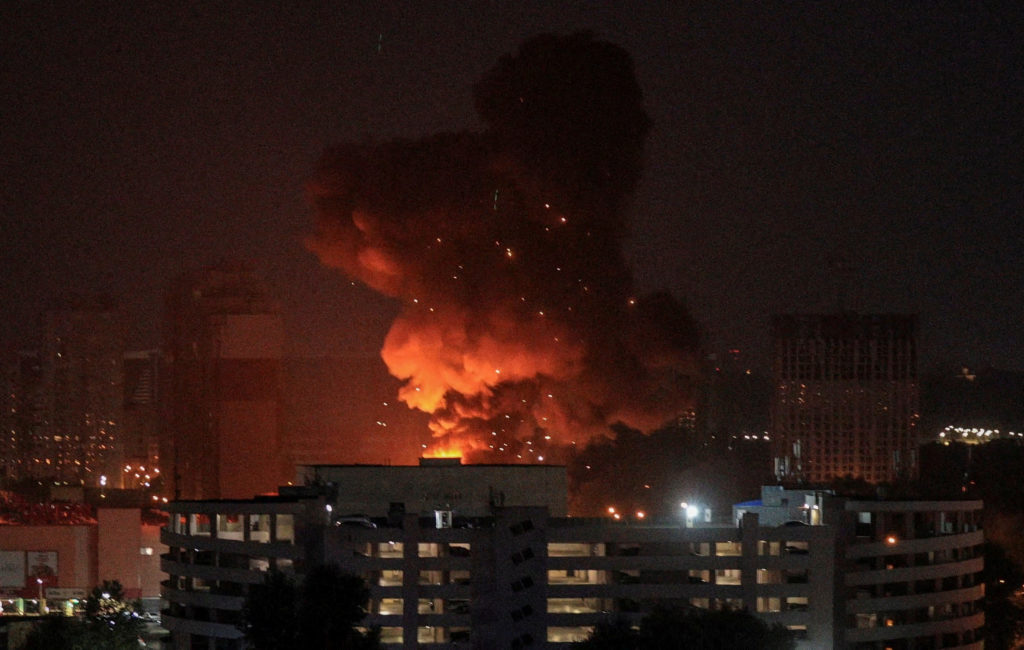
Can a single night of precision strikes tilt the balance in a grinding war? On November 13, Ukraine unleashed a coordinated wave of long-range attacks that ripped through Russian military infrastructure in occupied Crimea, Zaporizhzhia Oblast, and deep inside Russian territory. Using domestically produced missiles and drones, Kyiv demonstrated both technological maturity and operational reach that few anticipated even a year ago.
These strikes were not isolated incidents—they fit into a broader pattern of Ukraine’s evolving drone warfare doctrine, its push for domestic weapons production, and its strategic targeting of Russia’s military-industrial backbone. The operation’s scope, hitting oil terminals, radar stations, drone depots, and petrochemical plants, reflects a deliberate effort to degrade Moscow’s logistics and economic resilience. Below are ten key takeaways from this high-impact operation and its wider implications.

1. Flamingo Cruise Missile’s Extended Reach
The domestically developed Flamingo cruise missile, unveiled in August 2025, has a claimed range of over 3,000 kilometers and a bunker-busting warhead capable of piercing up to 10 meters of reinforced concrete. President c has called it “the most successful” missile in Ukraine’s arsenal. Its use in the November 13 strikes underscores Kyiv’s ability to hit targets far beyond the front line, including deep inside Russian territory. This capability reduces reliance on Western-supplied systems and offers Ukraine a strategic tool for disrupting critical infrastructure at unprecedented distances.
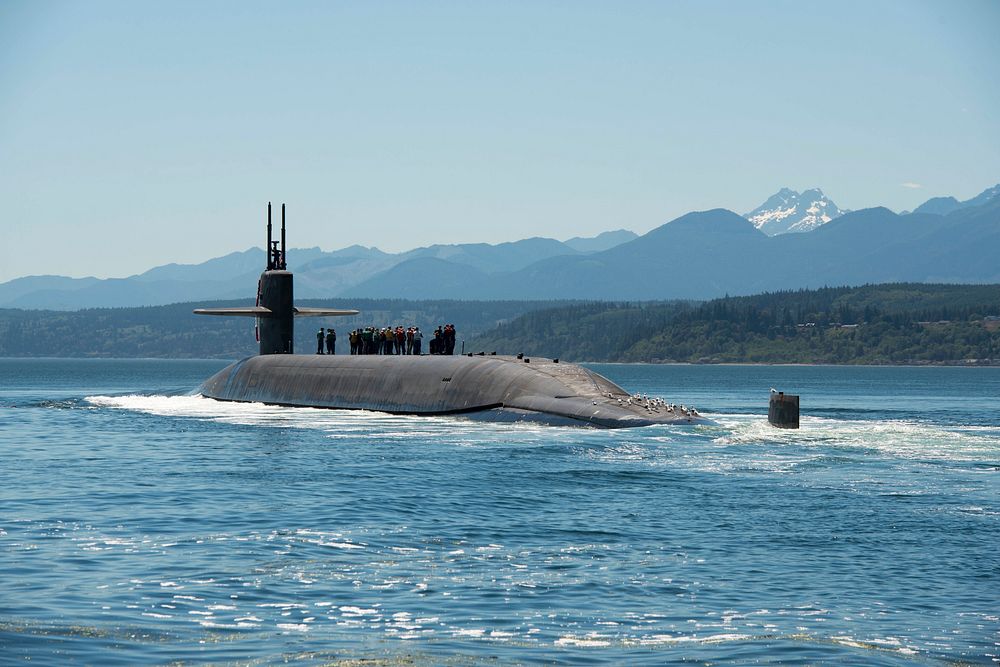
2. Coordinated Multi-Vector Strikes
Ukraine’s General Staff reported the use of Flamingo, Bars, and Liutyi drones in a complex, multi-vector operation. Targets included the Morskoy Neftyanoy Terminal oil storage facility, helicopter parking sites, and an air-defense radar station in Crimea, as well as command posts and oil depots in Zaporizhzhia Oblast. The simultaneous engagement of diverse targets across multiple regions reflects a maturing operational art—combining precision weapons with unmanned systems to overwhelm defenses and maximize disruption.

3. Destruction of Orion Drone Infrastructure
One of the most significant blows was the destruction of a storage and maintenance facility for Russian Orion strike-reconnaissance drones at Kirovske airfield. The Orion, Russia’s medium-altitude, long-endurance UAV, can carry guided missiles and bombs, making it a key asset for reconnaissance and strike missions. Eliminating its support infrastructure hampers Russia’s ability to deploy these drones effectively, potentially reducing its capacity for sustained aerial surveillance and precision attacks.

4. Targeting Russia’s Oil Economy
The strikes on oil storage facilities in Crimea and Zaporizhzhia are part of a broader campaign to undermine Russia’s energy sector—the mainstay of its economy. With new U.S. sanctions on Rosneft and Lukoil set to take effect on November 21, these attacks compound economic pressure. Taxes from the energy industry account for roughly a quarter of Russia’s budget, and damage to oil infrastructure directly impacts revenue streams critical to sustaining the war effort.
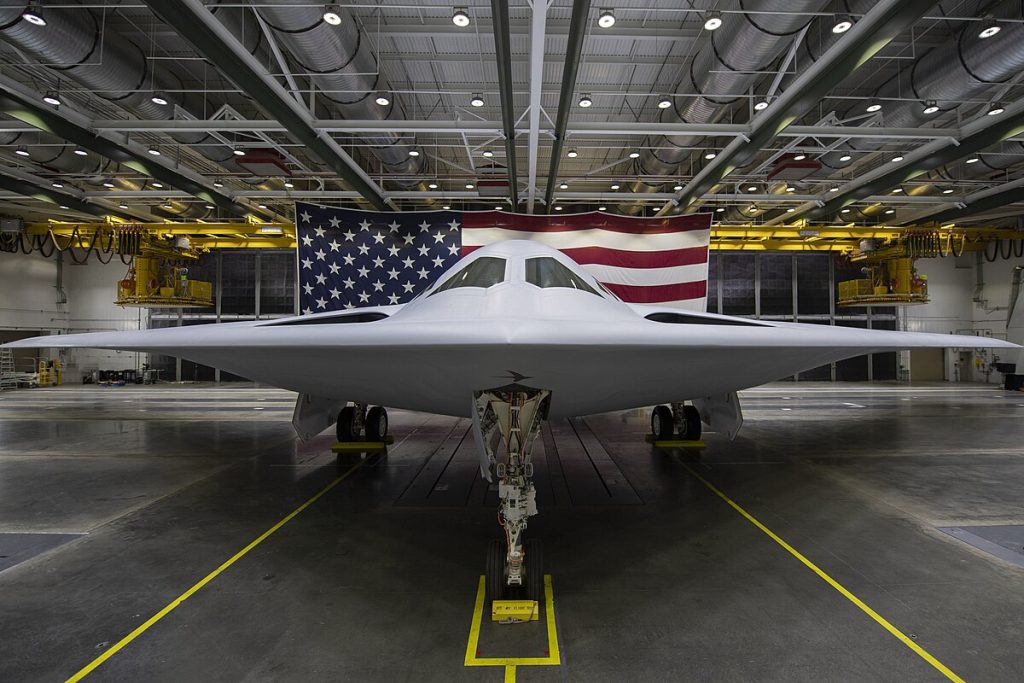
5. Stavrolen Petrochemical Plant Hit
Ukraine’s Special Operations Forces confirmed a successful strike on the Stavrolen petrochemical enterprise in Budyonnovsk, about 500 kilometers from Ukraine’s eastern border. The plant produces polymers and composite materials used in Russian military equipment, including UAV components. Disrupting such facilities not only affects immediate production but also creates long-term bottlenecks in Russia’s supply chain for advanced military systems.
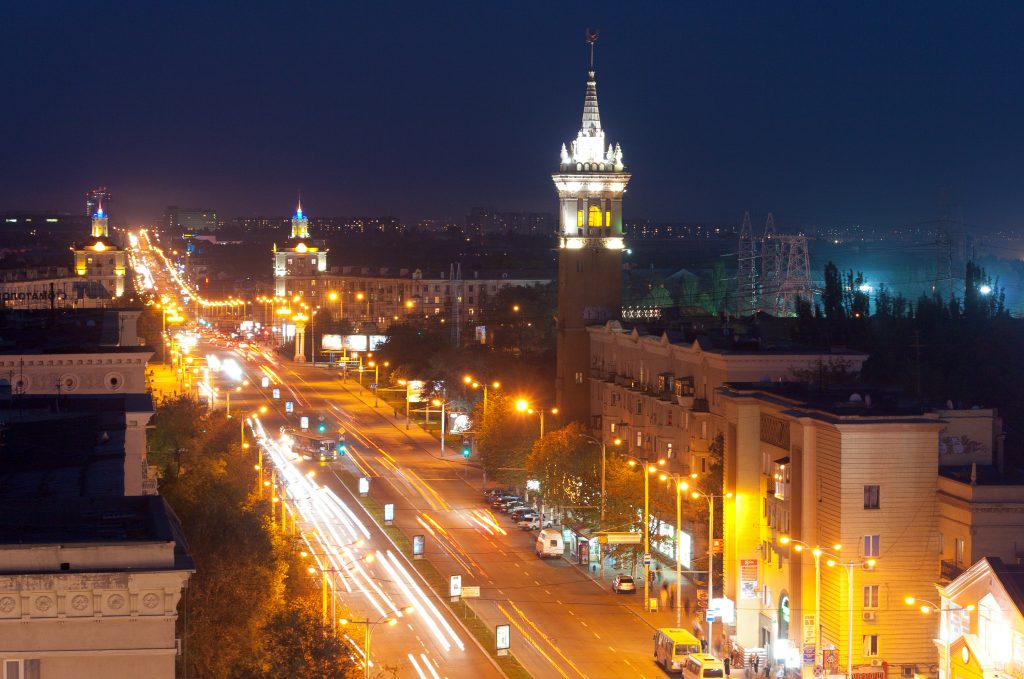
6. Fog-Assisted Russian Advances
While Ukraine scored major hits, Russian forces exploited dense fog to advance in Zaporizhzhia and intensify assaults on Pokrovsk. Fog limits drone surveillance, enabling infiltration and vehicle movements that would otherwise be detected and targeted. This environmental factor highlights the dynamic interplay between weather and drone warfare where visibility can dictate tactical opportunities for both sides.
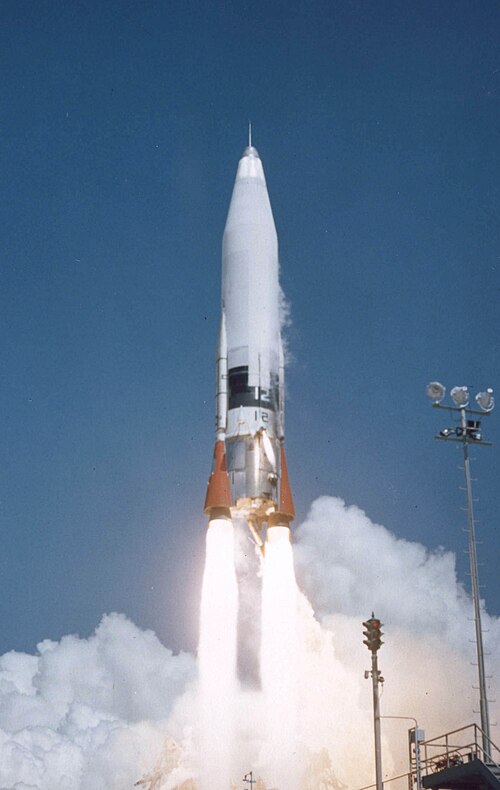
7. Ukraine’s Drone Warfare Evolution
From improvised quadcopters to complex FPV systems, Ukraine’s drone ecosystem has become a central pillar of its military strategy. The integration of attack UAVs, loitering munitions, and networked swarm tactics allows for saturation of enemy defenses. Operations like the November 13 strikes demonstrate how drones complement long-range missiles, creating layered offensive capabilities that can adapt to evolving battlefield conditions.

8. Russian Drone Vulnerabilities
Russia’s reliance on systems like the Orlan-10, ZALA, and SuperCam has been challenged by Ukrainian countermeasures. Losses of Orlan-10s have forced a shift to newer models, but facilities like Kirovske remain critical nodes. The destruction of such sites exacerbates Russia’s production and deployment challenges, especially for high-value drones like the Orion, which are not mass-produced and suffer from limited payload capacity.
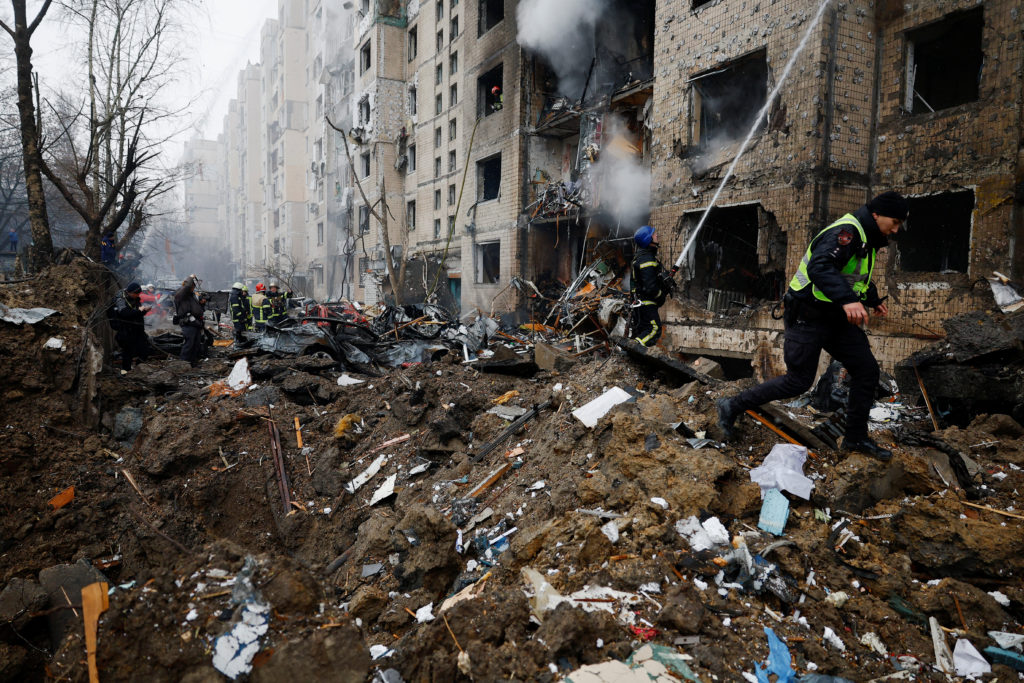
9. Cognitive Impact of Deep Strikes
Beyond physical damage, deep strikes into Russian territory carry a significant psychological weight. Attacks on facilities hundreds of kilometers from the front challenge perceptions of safety, force resource diversion to defense, and erode morale. The November 13 operation reinforces Ukraine’s ability to project power into areas previously considered secure, amplifying uncertainty in Russian military and civilian spheres.

10. Domestic Production as Strategic Leverage
Over 40% of Ukraine’s weapons and 95% of its drones are now domestically produced. This industrial mobilization enables sustained operations without the delays of foreign supply chains. The Flamingo missile program exemplifies how indigenous systems can be tailored to specific operational needs, providing both strategic autonomy and the flexibility to innovate rapidly in response to battlefield developments.
The November 13 strikes mark a convergence of Ukraine’s technological innovation, operational coordination, and strategic targeting. By combining long-range missiles with drone warfare, Kyiv is not only degrading Russia’s military infrastructure but also reshaping the psychological and economic dimensions of the conflict. While these attacks alone will not decide the war, they signal a shift toward sustained, deep-reaching operations that could, over time, erode Moscow’s capacity to wage it.


